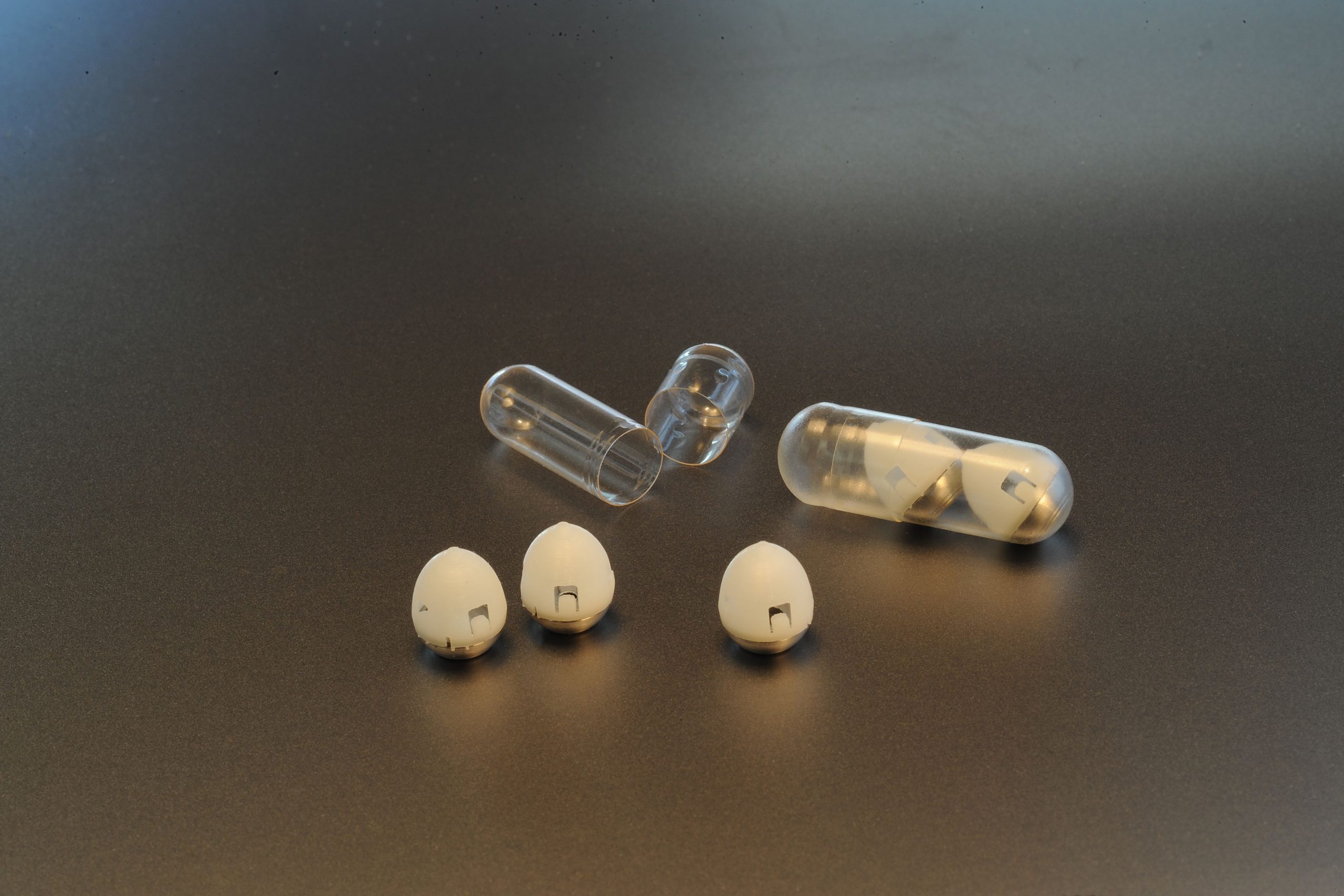Codeine phosphate is a medication commonly prescribed for the management of mild to moderate pain. As an opioid analgesic, it is effective in providing relief, but its use requires caution to prevent misuse, dependency, and adverse effects. Here are some essential tips for the safe and responsible use of co codamol for pain management.
1. Strict Adherence to Prescription Guidelines:
Always take co codamol exactly as prescribed by your healthcare provider. Follow the recommended dosage and frequency to ensure optimal pain relief without increasing the risk of side effects.
2. Inform Your Healthcare Provider:
Keep your healthcare provider informed about your medical history, especially any history of substance abuse, respiratory issues, or other medications you may be taking. This information is crucial for them to determine the appropriate dosage and monitor your overall health.
3. Avoid Alcohol and Other Central Nervous System Depressants:
Combining codeine phosphate with alcohol or other central nervous system depressants can enhance sedation and respiratory depression. This combination can be dangerous and should be avoided to prevent adverse reactions.
4. Regular Monitoring of Side Effects:
Pay close attention to any side effects such as dizziness, drowsiness, or nausea. If you experience any unusual symptoms, contact your healthcare provider immediately. Regular monitoring can help identify potential issues early on.

5. Short-Term Use Only:
Codeine phosphate is typically prescribed for short-term pain management. Prolonged use may lead to tolerance, dependence, and addiction. If your pain persists, consult with your healthcare provider for alternative treatments.
6. Proper Storage:
Keep codeine phosphate in a secure location, out of reach of children and pets. Store it in its original packaging, away from moisture and direct sunlight. Follow proper disposal guidelines if you have any unused medication.
7. Avoid Driving and Operating Machinery:
Codeine phosphate can cause drowsiness and impair cognitive function. Refrain from driving or operating heavy machinery until you understand how the medication affects you. This precaution ensures your safety and the safety of others.
8. Gradual Tapering for Discontinuation:
If your healthcare provider decides to discontinue codeine phosphate, a gradual tapering of the dosage may be necessary to prevent withdrawal symptoms. Follow their instructions closely during this process.
9. Educate Yourself:
Stay informed about the potential risks and benefits of codeine phosphate. Being aware of the medication’s effects and potential complications empowers you to make responsible decisions regarding its use.
Codeine phosphate can be a valuable tool for managing pain when used responsibly. Always consult with your healthcare provider, follow prescribed guidelines, and prioritize open communication to ensure a safe and effective pain management experience.

